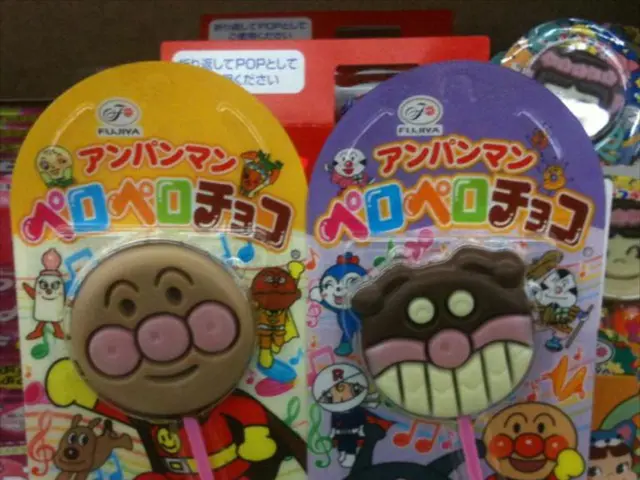Importance of Multi-Use Bottles: Key Factors to Consider When Purchasing Reusable Containers
In Germany, the focus on sustainability is evident in the way beverage packaging is handled. Here's a comprehensive guide to help you identify reusable beverage containers and understand the deposit system in place:
## Types of Reusable Beverage Packaging in Germany
1. **Glass Bottles**: Commonly used for various beverages, these bottles can be reused up to 50 times before recycling. Their long lifespan significantly reduces waste and the environmental impact of packaging production.
2. **PET Bottles**: While not as common for beer, PET bottles are used for other beverages and can be reused up to 25 times. Despite their shorter reuse lifespan compared to glass, they are lighter and easier to transport.
3. **Aluminum Refillable Bottles**: Although less common, some companies are exploring refillable aluminum bottles, offering another option for sustainability.
## Environmental Impact
Reusable glass bottles become environmentally beneficial after just two cycles, as they reduce the need for new raw materials and energy for manufacturing. The deposit system in Germany encourages consumers to return bottles, supporting high reuse rates and reducing litter.
## Deposit System (Pfand)
In Germany, the deposit system is designed to encourage the return of reusable bottles. A deposit of 8 cents to 15 cents is applied to each bottle, depending on the type and size. The deposit is refunded when the bottle is returned at a store or recycling center, making it a strong incentive for consumers to return bottles.
## Identifying Reusable Packaging
1. **Labels and Markings**: Look for labels indicating that a bottle is returnable or has a deposit. 2. **Store Policies**: Many stores in Germany have specific bins for collecting returnable bottles, with instructions on how to proceed. 3. **Environmental Messaging**: Companies often highlight the environmental benefits of their reusable packaging options.
It's important to note that not everything that requires a deposit is reusable. A high deposit amount does not necessarily indicate a reusable bottle: NABU states that a deposit of 25 cents usually indicates single-use. However, there are exceptions, such as when reusable bottles are sold with a 25-cent deposit.
In conclusion, Germany's emphasis on reusable packaging and the deposit system contributes significantly to reducing waste and promoting sustainability in beverage packaging. By understanding the types of packaging, the deposit system, and how to identify reusable containers, you can make more informed choices when purchasing beverages.
In the realm of home-and-garden lifestyle, embracing sustainable living, Germany demonstrates this commitment by extending sustainability to its beverage packaging. By considering the types of reusable beverage containers such as glass bottles, PET bottles, and aluminum refillable bottles, you can contribute to a greener lifestyle while reducing waste. Germany's deposit system, known as Pfand, further encourages the practice of returning reusable containers, incentivizing consumers towards sustainable living.




